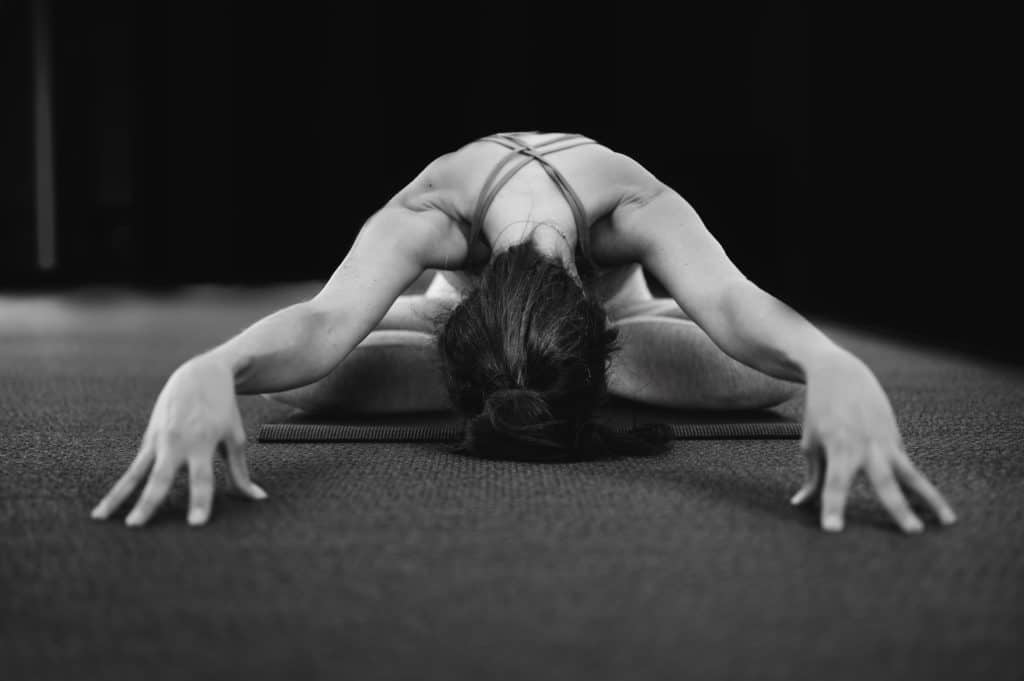By Ricardo Benedetti, Hive PoCo Education Coordinator
How many of us spend hours, days, weeks, or even years trying to improve our “flexibility” and get nowhere?
Let’s walk through some key concepts to help us make informed decisions and seek appropriate solutions.
Folks often think that mobility and flexibility are one and the same, when in fact they are two very different concepts.
Flexibility is a muscle’s ability to lengthen passively, or without engagement. When you perform static (holding still) stretches using bodyweight, limb support, or props, you’re working on muscular flexibility.
Mobility, on the other hand, is related to the joints and their ability to move actively through their full range of motion.
If you are trying to stretch a muscle over a joint that has a mobility restriction you are going to get nowhere fast. The muscle will not be able to lengthen to its full extent as the joint won’t allow it to move far enough. This is why it’s important to target your mobility in parallel with flexibility training.
Mobility training is based on movement and motor control.
Your central nervous system will limit your mobility based on how much control you have as a way to keep your body safe. Muscle control requires strength and stability in order to maintain range of motion. That means that strengthening exercises should be added to your list as well!
Start incorporating mobility into your routine by adding some exercises to your warm-up! Try some of the mobility exercises from Traversettes leader, Nasia, linked below. Movement will loosen up and lubricate the joints allowing them to function more efficiently. To increase mobility and maintain gains you will need to practise routinely. It is better to move gently and regularly rather than go full-force every now and then.
Remember to get your body warm before starting your mobility exercises!
Warming up increases the blood flow and temperature of the muscles, ligaments and tendons, improving the elasticity and optimal functioning of the muscles and connective tissue. A good rule of thumb is to perform 5-10 minutes of cardio followed by your mobility routine.
Every body is different.
Comparison between yourself and a friend or partner is rarely helpful when it comes to gauging how flexible or mobile you are. Like climbing, flexibility and mobility are personal pursuits and you should focus on your own progress to determine success. Some folks have more passive flexibility but less strength, and others vice-versa.
Look to the professionals for guidance.
Seek the support of a certified practitioner (e.g. physiotherapist) if you’re uncertain about what’s a safe range of motion, especially if you’ve had injuries that may impact your mobility. If you’re hyper-mobile, consider building strength through your range of motion rather than stretching farther. Either way, try to find a set of exercises that you can maintain as part of your overall training program. We enjoy finding strength/mobility exercises in some of our (free!) online classes through our Instagram, @hiveclimbing, (which you can go back and view on IGTV) with our amazing instructors @liannextraining and @jeffboydwellness!
Have fun with it, listen to your body, and watch your climbing get to the next level!



